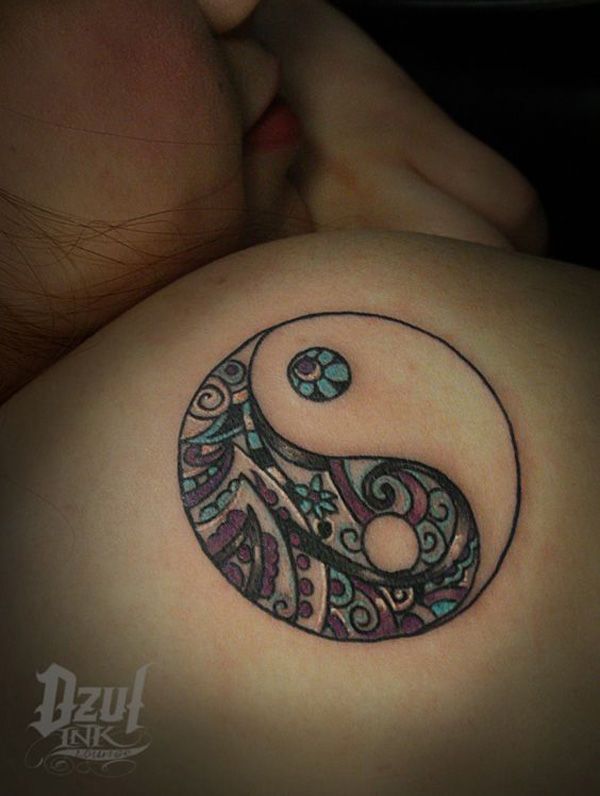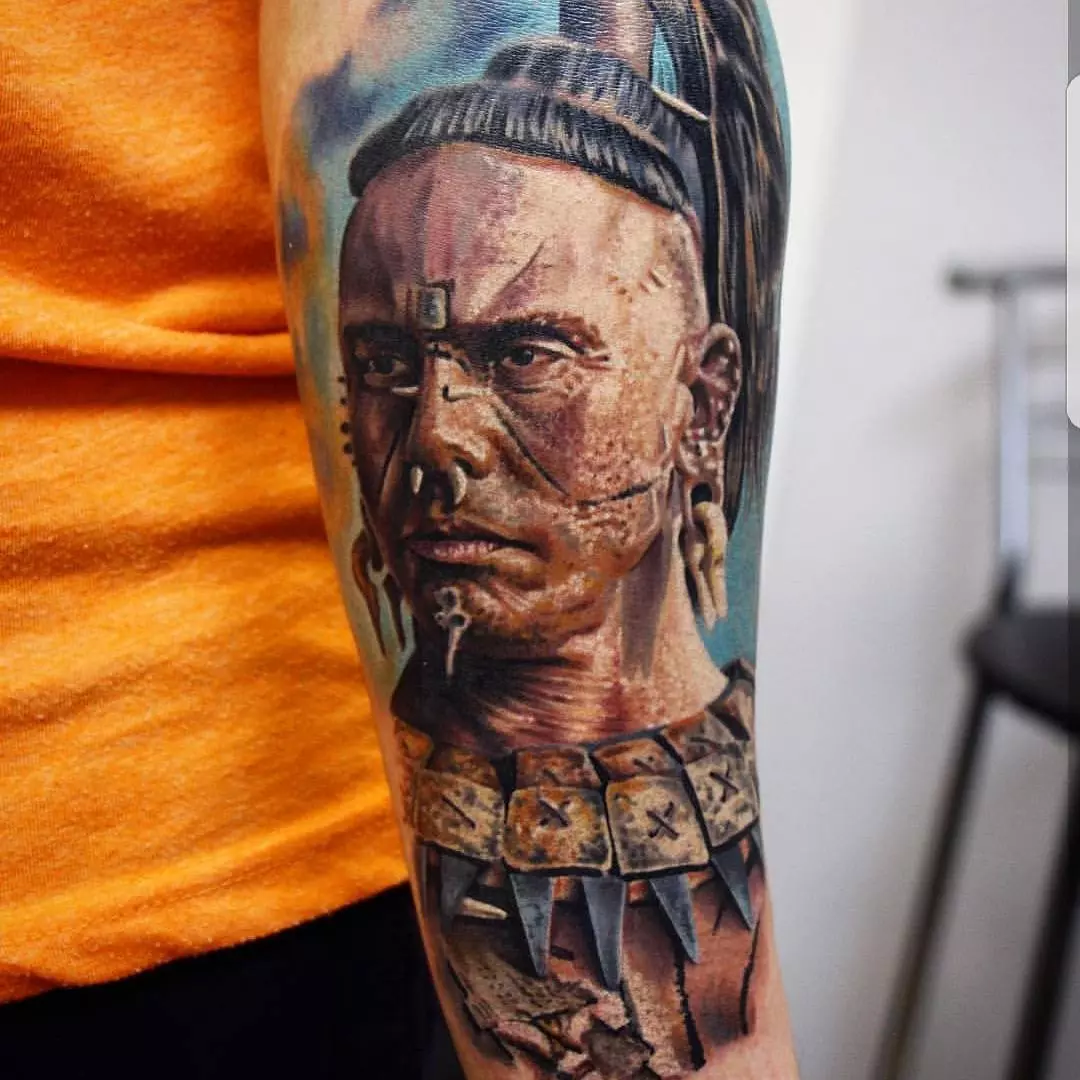7 Expert Ways To Create Colored Tattoos Now

Introduction to Colored Tattoos

Colored tattoos have become increasingly popular over the years, with many people opting for vibrant and bold designs to express their individuality. Creating colored tattoos requires a great deal of skill and technique, as the artist must carefully select and mix colors to achieve the desired effect. In this article, we will explore 7 expert ways to create colored tattoos, including the use of high-quality inks, advanced tattoo machines, and specialized techniques.
Understanding Color Theory

Before creating a colored tattoo, it’s essential to have a good understanding of color theory. This includes knowledge of the color wheel, primary and secondary colors, and how to mix colors to achieve the desired shade and hue. Tattoo artists must also consider the skin tone of their client, as this can affect how the colors appear. For example, cool skin tones look best with blue-based colors, while warm skin tones look best with yellow-based colors.
Choosing the Right Ink

The type of ink used can greatly impact the appearance of a colored tattoo. High-quality inks are essential for creating vibrant and long-lasting colors. Tattoo artists should look for inks that are lightfast and non-toxic, as these will ensure the colors remain bright and safe for the client’s skin. Some popular brands of tattoo ink include Intenze, Dynamic, and Kuro Sumi.
Advanced Tattoo Machines

Advanced tattoo machines are designed to handle the demands of colored tattoos. These machines feature high-speed motors and adjustable needle depths, allowing artists to create smooth, consistent lines and vibrant colors. Some popular brands of tattoo machines include Rotary, Coil, and Pneumatic.
Specialized Techniques

There are several specialized techniques that tattoo artists can use to create unique and interesting effects in colored tattoos. These include: * Color blending: This involves mixing different colors together to create a smooth, gradient-like effect. * Color layering: This involves applying multiple layers of color to achieve a deep, rich tone. * Pointillism: This involves creating images using small dots of color, which are then blended together to form a larger image.
Creating Realistic Colors

Creating realistic colors is one of the most challenging aspects of colored tattoos. To achieve realistic colors, tattoo artists must carefully study the color and texture of the subject they are tattooing. This can involve referencing photographs or studying the subject in person. Artists must also be able to mix colors accurately and apply them smoothly to create a realistic effect.
Using Reference Images

Reference images are an essential tool for tattoo artists, as they provide a guide for creating realistic colors and details. Artists can use photographs or drawings as reference images, and can also create their own sketches to help plan the tattoo. By studying reference images carefully, artists can ensure that their colored tattoos are accurate and realistic.
Common Mistakes to Avoid

There are several common mistakes that tattoo artists can make when creating colored tattoos. These include: * Using low-quality inks * Not testing the ink before applying it to the skin * Not considering the client’s skin tone * Not using reference images * Not taking the time to carefully plan the tattoo
💡 Note: It's essential to take the time to carefully plan and execute a colored tattoo, as mistakes can be difficult and expensive to correct.
To illustrate the different techniques and ink used in colored tattoos, here is a table comparing some popular brands of tattoo ink:
| Ink Brand | Lightfast | Non-Toxic | Color Range |
|---|---|---|---|
| Intenze | Yes | Yes | Wide range of colors |
| Dynamic | Yes | Yes | Large selection of colors |
| Kuro Sumi | Yes | Yes | Traditional Japanese colors |

In summary, creating colored tattoos requires a great deal of skill, technique, and attention to detail. By understanding color theory, choosing the right ink, using advanced tattoo machines, and employing specialized techniques, tattoo artists can create vibrant and realistic colors that will last for years to come.
What is the most important factor in creating realistic colored tattoos?

+
The most important factor in creating realistic colored tattoos is understanding color theory and how to mix colors accurately.
What is the difference between lightfast and non-toxic ink?

+
Lightfast ink is resistant to fading and discoloration, while non-toxic ink is safe for use on the skin and does not contain harmful chemicals.
What is the best way to choose a tattoo artist for a colored tattoo?

+
The best way to choose a tattoo artist for a colored tattoo is to research their portfolio and read reviews from previous clients to ensure they have experience and skill in creating colored tattoos.


